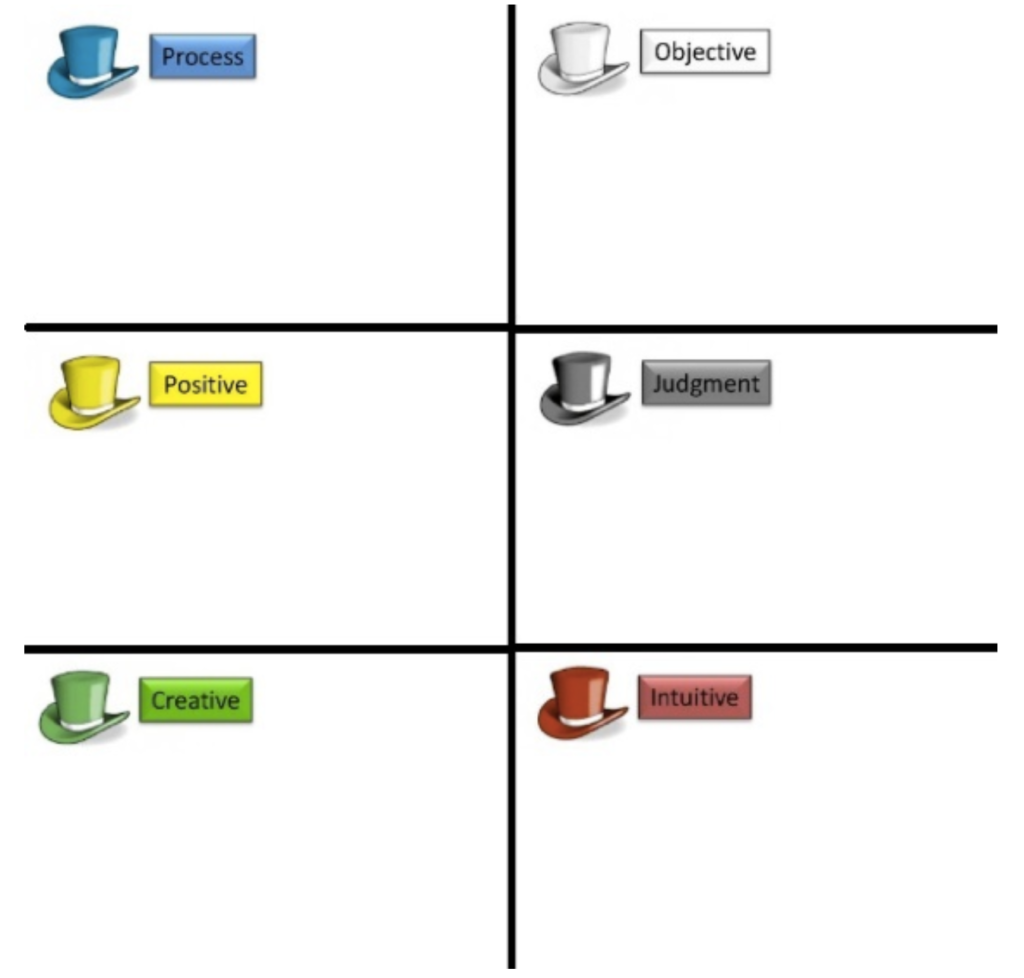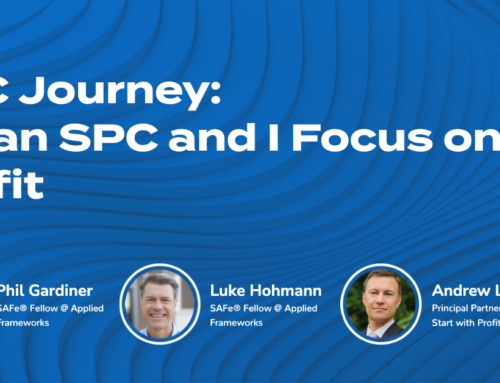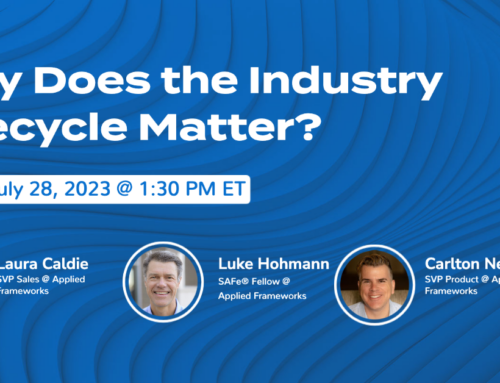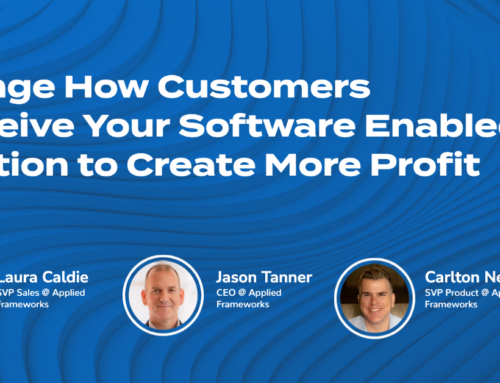Here is a fun technique to help you facilitate large scale retrospectives based on de Bono’s Six Thinking Hats for product design and innovation. It’s an important tool in the future mapping toolbox for product leaders. Enjoy!
Why Six Thinking Hats?
Six Thinking Hats is a retrospective technique that emphasizes group parallel thinking. It sequentializes the ‘Gathering Data’ and ‘Generating Insights’ steps of the retrospective process, thereby fostering a greater depth of understanding. This, in turn, leads to deeper problem identification and resolution.
When used for a large scale retrospective involving multiple teams, the approach is to ‘Gather Data’ and ‘Generate Insights’ at the individual team level. Results of all the individual team retrospectives are then combined to generate a wholistic view of the organization.
What You Need
- Standard size 3×3 sticky notes
- Large format (4×6 or 6×8) sticky notes
- Sharpies – medium point
- Whiteboard, chart paper or blank wall
- Blue Tape (if using a blank wall)
How to Set Up Six Thinking Hats
Setup Time: 5 Minutes
- Create a 2×3 grid on a whiteboard, flip chart, or blank wall.
- Use large format sticky notes to label the six hats (starting in the top left and going left to right, Blue, White, Yellow, Black, Green, and Red).
- Introduce the framework by explaining that it is based on Edward de Bono’s book of the same name.
- Explain that the Six Thinking Hats technique is designed to walk the team through a series of mental frameworks that will help to create greater clarity and understanding around the framing question. Then introduce each hat and how it will be used.
What Each Hat Represents
Blue Hat: The blue hat is used to frame the retrospective. It defines what the focus of the retrospective will be. The facilitator will use a large format sticky note and write the framing question. When conducting a large scale retrospective ask, “What is impacting your ability to get work done.” Then choose a time box relevant to the team (e.g., the sprint, the release, last three months, last year, etc).
White Hat: The white hat is for documenting factual things that have occurred during the time box. These are facts only and no judgement or emotion should be assigned. For example, “We moved to a new building,” “We released version 12,” “We got a free lunch when we shipped.”
Yellow Hat: The yellow hat is for documenting things that were positive to the framing question. “What positively impacted you or your team’s ability to get work done?”
Black Hat: The black hat is for documenting things that were negative to the framing question. “What negatively impacted you or your team’s ability to get work done?”
Green Hat: The green hat is used to move from ‘Gathering Data’ to ‘Generating Insights’ and asks the participants to capture ideas that will result in yellow hats happening more or black hats happening less. “What ideas do you have that could increase positive impact or reduce negative impact to you or your team’s ability to get work done?”
Red Hat: The red hat is to capture emotional, in the moment, context. Each participant is given two sticky notes and prompted to write down the first thing that comes to their mind. Then repeat this process. “What are you feeling right now, in the context of this retrospective, its framing question, and the time box?”
EXECUTING THE RETROSPECTIVE
Once the framework is introduced, begin the retrospective, moving through each hat in sequence.
Blue Hat: Remind the participants of the framing questions and the time box.
White Hat (10 minutes): Remind the participants that this hat is strictly to gather facts. Set the timer for five minutes. Encourage them to refer to calendars or other artifacts that will remind them of the time box in question. At the end of five minutes, reflect on the sticky notes in the white hat section. Clarify any unclear fact statements and move emotional content to the appropriate hat.
Facilitators Note: The white hat is designed to engage the participants and set them up for the remainder of the retrospective. By asking them to think about facts it creates a cognitive anchor on the time box in question.
Yellow Hat (10 minutes): Remind the participants that the yellow hat is for identifying positive events related to the framing question. At the end of five minutes, reflect on the results and ask clarifying questions.
Black Hat (10 minutes): Remind the participants that the black hat is for identifying negative events related to the framing question. At the end of five minutes, reflect on the results and ask clarifying questions.
Green Hat (10 Minutes): Prompt the participants to identify solutions or ideas that could make a white hat event continue happening and/or happen more frequently, or make a black hat event stop happening or happen less frequently. At the end of five minutes, reflect on the results and ask clarifying questions.
Red Hat (5 minutes): Prompt the participants to take a sticky note and write the first thing that comes to mind. Then repeat this with a second sticky. When they are done, close out the retrospective.
Post-processing Individual Retrospectives
Once all of the individual retrospectives are done, the data must be further processed.
- Compile all the results into a spreadsheet.
- Filter out all the white hats as they only provided context for conducting the retrospective.
- Then review each red hat and determine if it addresses a positive (Yellow), negative (Black) or suggestion (Green).
- Once this is done, review all Yellow, Black and Green hats and assign a primary category of either People, Process or Technology.
- Next, do a second categorization by People, Process or Technology.
- From here you can start to look for trends and commonalities. This data can be used to develop a report on the state of the organization that just went through the retrospective.
Six Thinking Hats also Works Online
A large scale retrospective can generate hundreds of lines of data even with a handful of teams. Transferring that data into electronic form can be time consuming and not contribute to the final results.
We recommend using Miro or Scaled Agile’s SAFe Collaborate when conducting large scale retrospectives virtually. These tools allow in-person and distributed participation and at the conclusion of a retrospective, and the results can be downloaded to a spreadsheet for analysis.
Download the Six Thinking Hats Retrospective instructions
Note: This post was updated in September 2021







